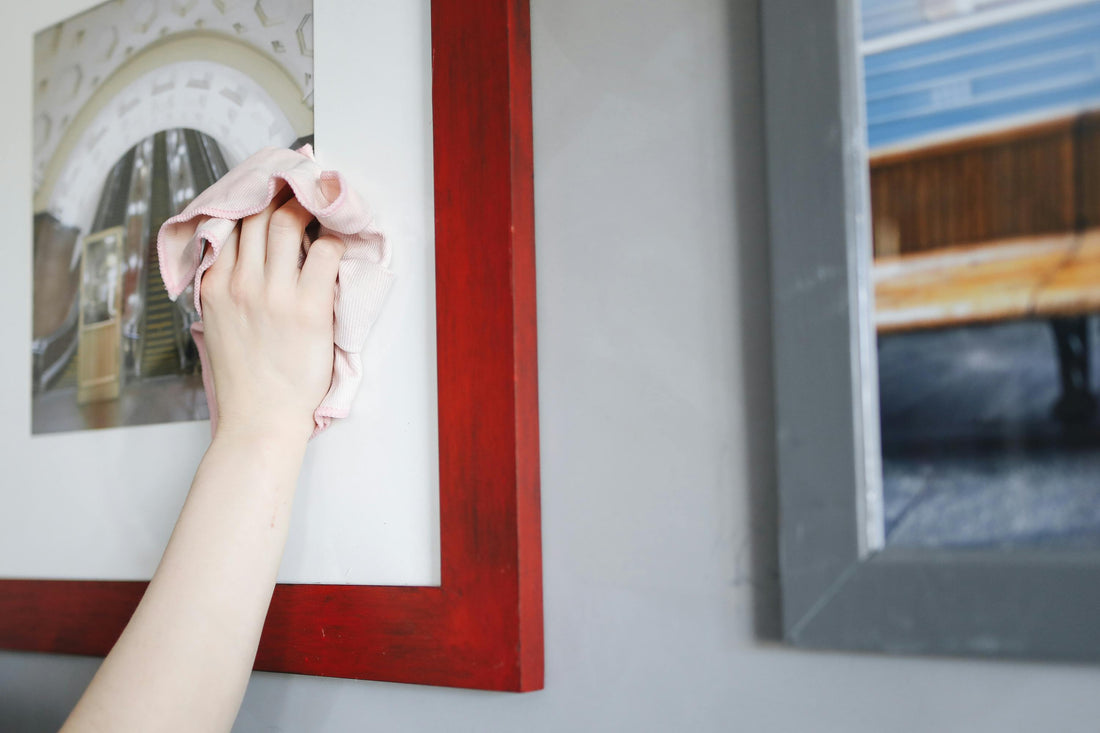How to Care for Your Painting
Share

To ensure your painting remains vibrant and beautiful for years to come, please follow these care guidelines:
1. Proper Display & Environment
- Avoid Direct Sunlight: Hang your painting in a location where it is protected from prolonged exposure to direct sunlight. Even though I use a professional anti-yellowing varnish, UV rays can still fade colors over time.
- Maintain Stable Temperature & Humidity: Display your painting in an area with a consistent temperature and moderate humidity. Extreme fluctuations can cause the canvas and frame to warp or crack. We recommend not hanging your painting above a heat source or warming element as this can cause long-term damage.
- Safe Location: Choose a spot away from areas where it can be damaged or fall over onto something. Keep it out of reach of children or pets to prevent accidental damage. Don’t put your painting at a steep angle against your wall, but keep it as straight as possible. Avoid putting it flat on the ground to avoid stepping on it by accident or pets running over it.
2. Cleaning & Maintenance
- Dust Gently: Use a soft, dry microfiber cloth or a soft brush to gently remove dust from the surface. Do not use water or cleaning agents unless advised by a professional.
- Avoid Chemicals: Do not use household cleaners or solvents on your painting, as these can damage the surface and colors.
- Framing your painting: Canvas painting can be mounted inside a floater frame. Paper paintings can be put behind glass to protect them against moisture, dust, and physical damage. Be aware that an oil painting should never be framed directly behind glass. It needs breathing room. Let a professional frame it for you, and make sure there is space between the mounting board and the glass.
3. Handling & Storage
- Careful Handling: When moving your painting, always handle it by the edges or the frame. Use gloves if necessary to avoid transferring oils from your skin.
- Proper Storage: If you need to store your painting, keep it in a cool, dry place and cover it with a clean, breathable cloth to protect it from dust. Do not store it in plastic, which can trap moisture.
4. Long-Term Preservation
- Regular Inspections: Periodically check your painting for signs of wear, discoloration, or damage. Early detection can help prevent further deterioration.
- Professional Help: If you notice any significant changes or damage, consult a professional art conservator for advice and potential restoration.
By following these guidelines, you can help ensure that your artwork continues to be a source of beauty and inspiration in your home.
